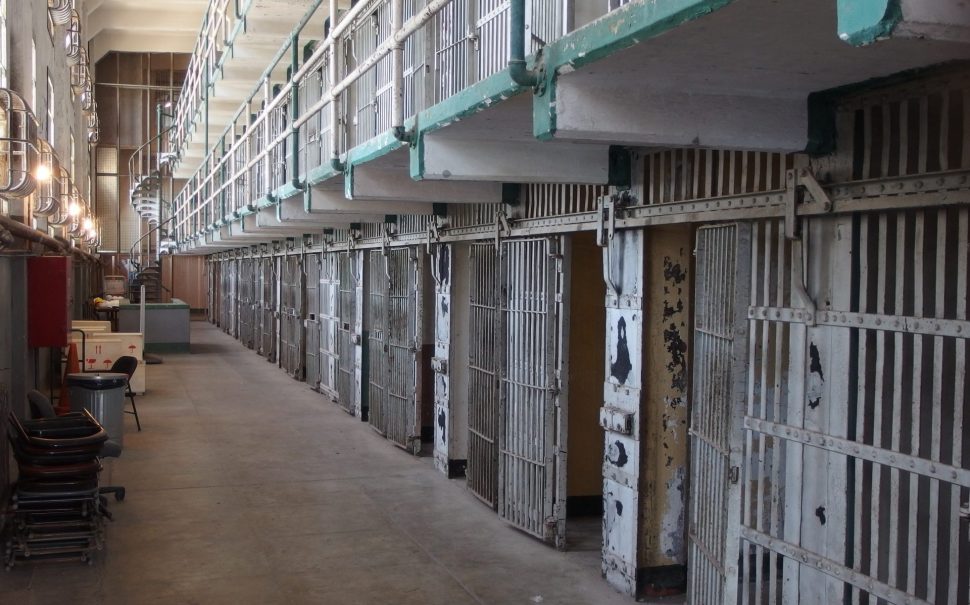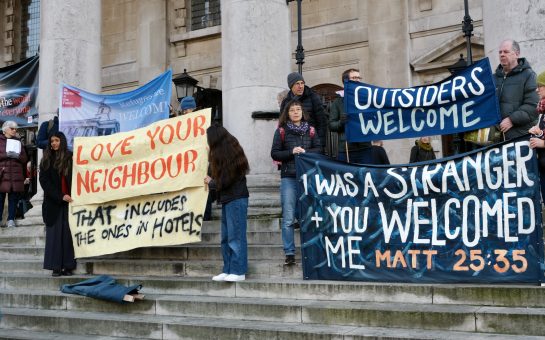The number of female prison officers is the highest it has ever been due to a remarkable rise in the past five years.
Current statistics show that as of June, 53.8% of HMPPS staff in the current post are women.
Until recent years the UK’s criminal justice system was very heavily male-influenced.
This may have been due to the vast majority of prisoners being men, as of November there were 76,226 males in prison in the UK and Wales whereas only 3,216 women were in prisons, women only making up 4%.
However over the past five years, the women sector of officials has grown by a huge 65% between the years 2017 and 2022, and now exceeds the number of men in the same positions, as shown in the pie chart below.
Studies show that the relationships between male prisoners and female officers tend to be more beneficial than male vs male.
Laura is currently a supervising officer at a men’s prison based in London.
Her role is to ensure the regime is run on time and to supervise both officers and prisoners.
When asked how she found her personal relationship with the male prisoners, Laura said: “I tend to have a really good rapport with most prisoners.
“I treat them as I wish to be treated and this usually works, I always ask how they are and they know I will help them with something if I can. I always laugh and joke with them and feel mutual respect.
“I don’t think prisoners treat officers differently because of their gender, it is more how the officer engages with them, a lot of male officers attempt to assert their dominance which often results in confrontation.
“However, most female officers use their speaking skills. Females tend to explain why we are asking the prisoners to do or not do something, which nine times out of ten has a positive outcome.”
The inside of the life of prisons is mostly private as they focus on rehabilitating criminals daily, however, the relationships within the prison are just as interesting.
To be able to rehabilitate and allow the ‘changed’ people back onto our streets the officers have to build strong relationships of trust as well as respect between their prisoners.
Those relationships that exist between male prisoners and female officers are particularly interesting, as in terms of gender they represent an inversion of conventional relations, where it is men who tend to be dominant and women more subordinate.
As well as this relationship, there is a clear divide between male and female officers.
A 2004 study suggests that female officers challenge the way their male colleagues understand their work as they believe the job to be a masculine job, they then look to protect the female officers reflecting this understanding that women are generally less capable than men.
Laura said: “I have gained the respect from most of the male officers I work with, and have a good relationship with them.
“However, sexism is rife in the prison service, and I have pushback from male officers daily, a lot of which is because they do not like a female being of a higher rank than them.
“There’s the stigma of being a female in a male-dominated role, having to prove myself for the first year that I was capable of anything a male can do.”





